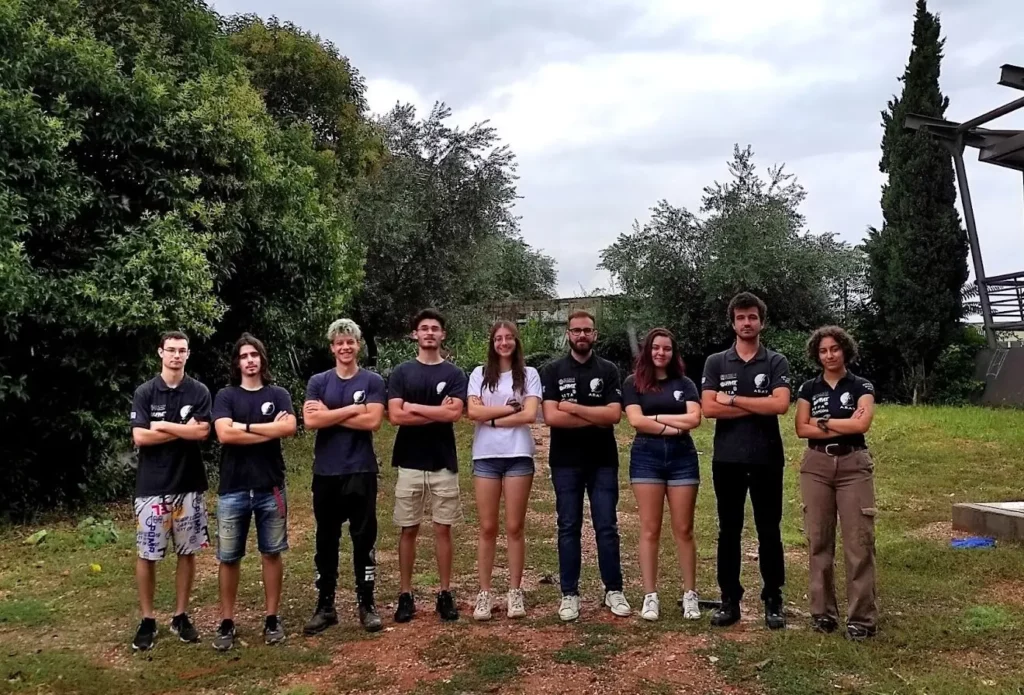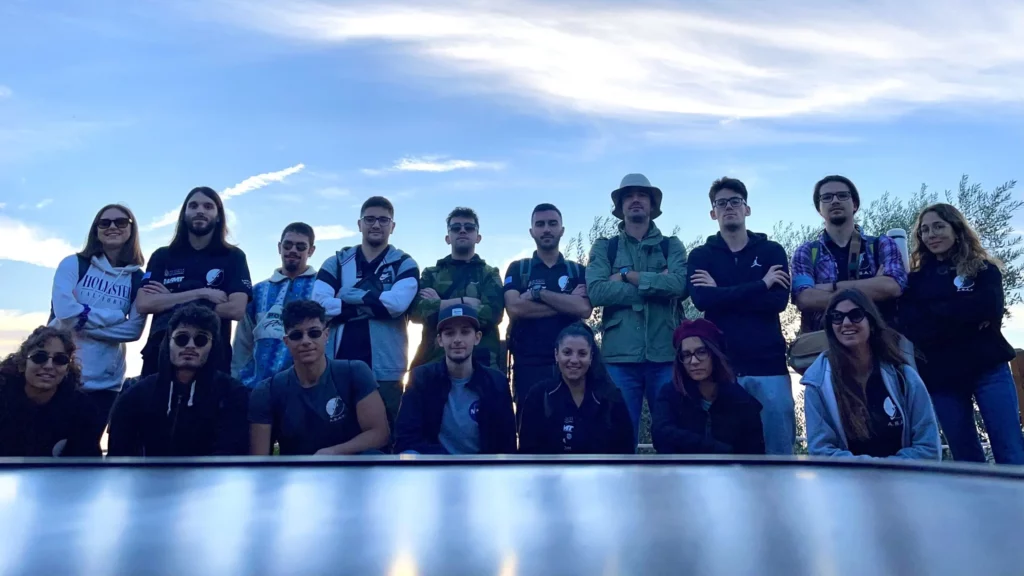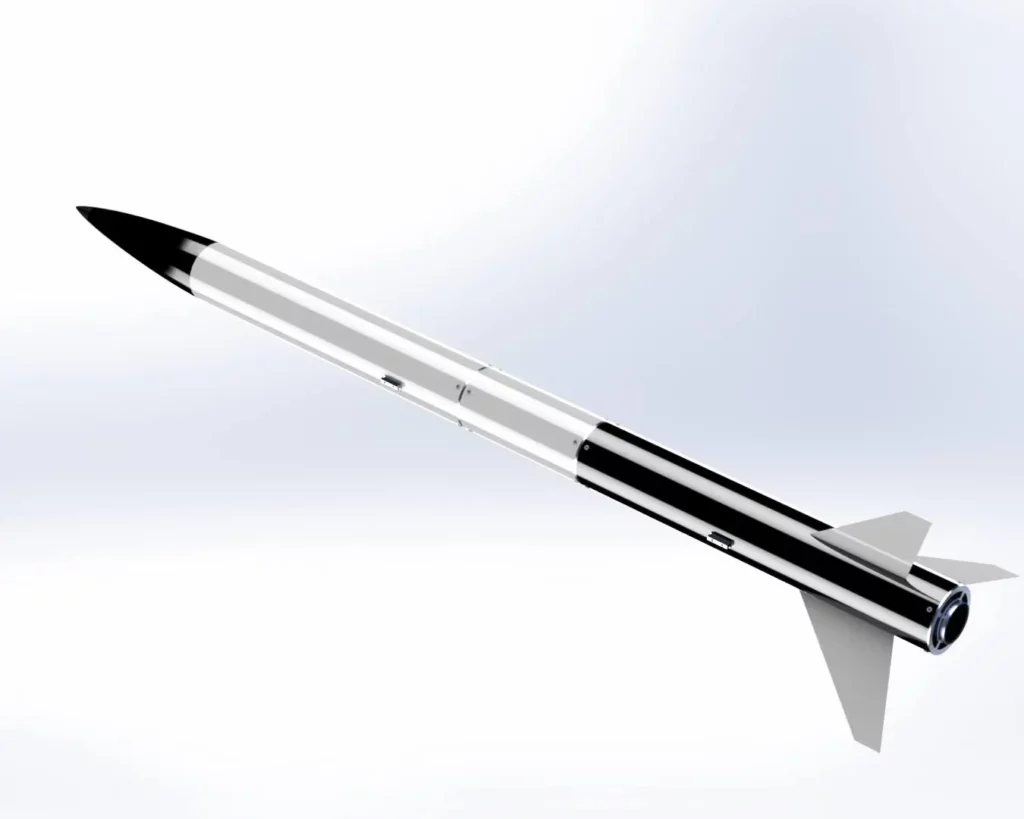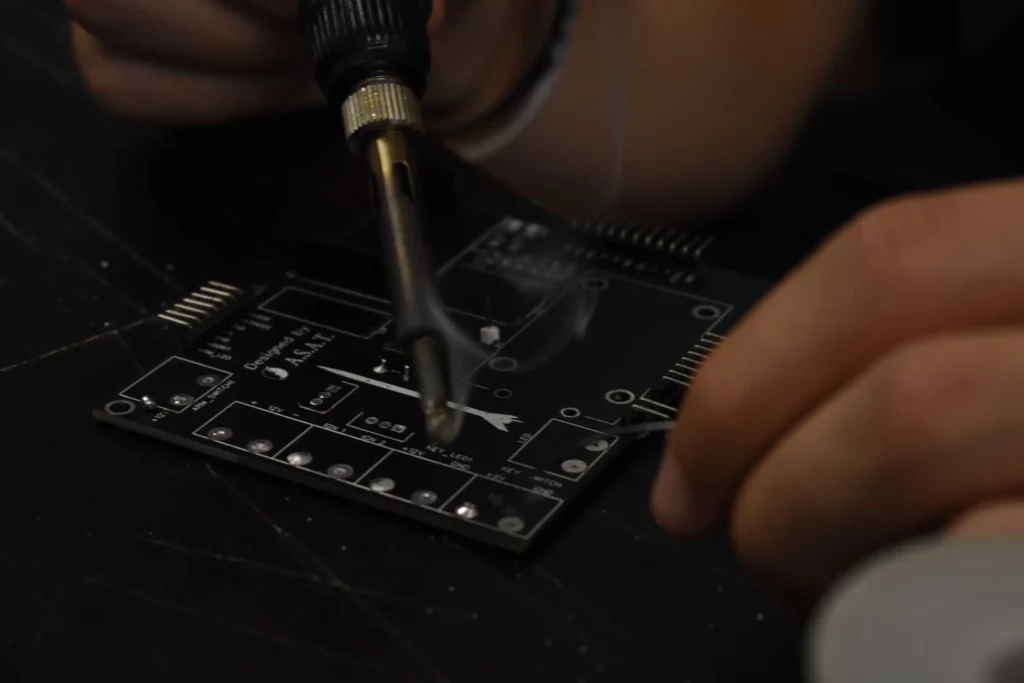ASAT launches twice and takes 7th place in the European Rocketry Challenge 2022 (EuRoC)

Another great distinction was achieved by ASAT’s Rocketry Department, conquering the 7th place among 25 teams, at the European Rocketry Challenge (EuRoC 2022), which took place on October 11-19 in Ponte de Sor, Portugal. ASAT not only managed to secure a dominant position among the best rocketry teams, being the only Greek participation, but was […]
Sirius Vs I Class: Rocketry’s Department most recent R&D Projects

Besides the countless missions that ASAT achieves every year, another goal of the Rocketry Department is to develop innovative projects based on advanced technology. One of these is the active participation in the design and manufacture of solid rocket motors such as the I-Class and Sirius. But what are the main differences between ASAT’s two […]
Flying higher and higher!

The year 2021 is one of the most important ones for ASAT and the Rocketry Project, as the team had the opportunity to participate in two rocket competitions, the Spaceport America Cup 2021 Virtual in June and the European Rocketry Challenge (EuRoC) in October, where the rocket SELENE competed among others. EuRoC was held on […]
ASAT Travels from America to Europe

During 2021, ASAT’s team managed not only to be accepted, but also to distinct in the world’s largest interuniversity rocketry competition, Spaceport America Cup (SAC) 2021. The competition’s goal is to design, manufacture and launch a rocket at an apogee of 10,000ft or 30,000ft, with the safest possible recovery. In this context, student teams from […]
Rocketry Project: the fruitful transition from 2020 to 2021

In 2020, Rocketry managed to face the sudden changes and achieve its goals. Its members worked on giving the best results and they continue with even more energy and new data to develop and improve. The past year, a great achievement for the Project was the construction of Hyperion, which is our first project, as […]
Rocketry Avionics Subsystem

Avionics Subsystem The Avionics subsystem is responsible for implementing four different tasks. Their initial remit is Avionics bay, where the flight computer is located. Following is the GPS bay, whose job is to find the location where the rocket has landed with GPS’ module help. The Ignition Box is another responsibility of the subsystem and […]
Rocketry Aerodynamics Subsystem
Aerodynamics Subsystem The Aerodynamics subteam is responsible for the design of the aerodynamic surfaces of the rocket. The goal is to design a rocket that reaches the desired apogee while remaining stable throughout the flight. To achieve that the subteam designs and analyzes the nosecone, body tube and fins of the rocket. Also the subteam […]
Rocketry Structural Subsystem
Structural Subsystem In rocketry, structural engineers design the “bones and muscles” that create the form and shape of a rocket and in managing to successfully do so, they usually work in cooperation with an aerodynamics team. Structural engineers need to understand and calculate the weight, strength, and rigidity of the rocket that is going to […]
Rocketry Recovery Subsystem
Recovery Subsystem The recovery sub-team is responsible for the dimensioning and construction of the rocket’s parachutes, as well as the design and manufacturing of two ejection mechanisms. Most high-power rockets need two parachutes for their recovery. The first one is called drogue parachute and it produces the initial deceleration, whereas the second one, the main […]
Rocketry Propulsion Subsystem
Propulsion Subsystem The Propulsion sub-team is responsible for the rocket’s propulsion system. To achieve this, it is involved in the development of code for simulating both the motor’s as well as the rocket’s performance, the manufacturing of solid propellant and finally, the design and manufacturing of rocket motors. In the pursuit of reaching a given […]

